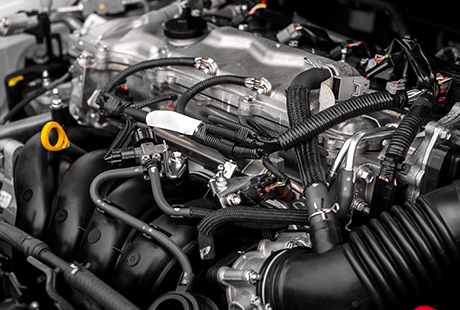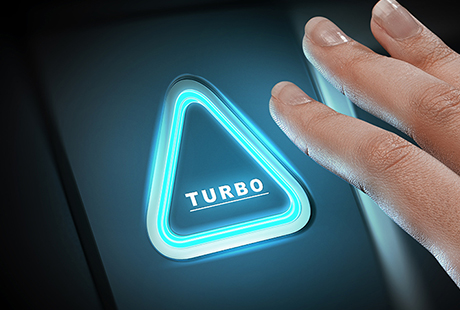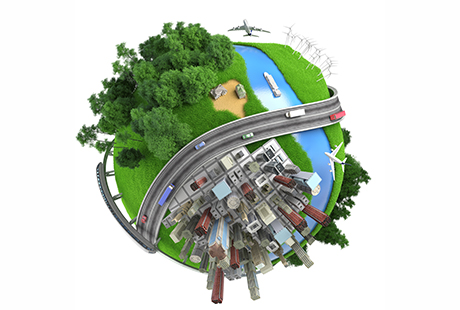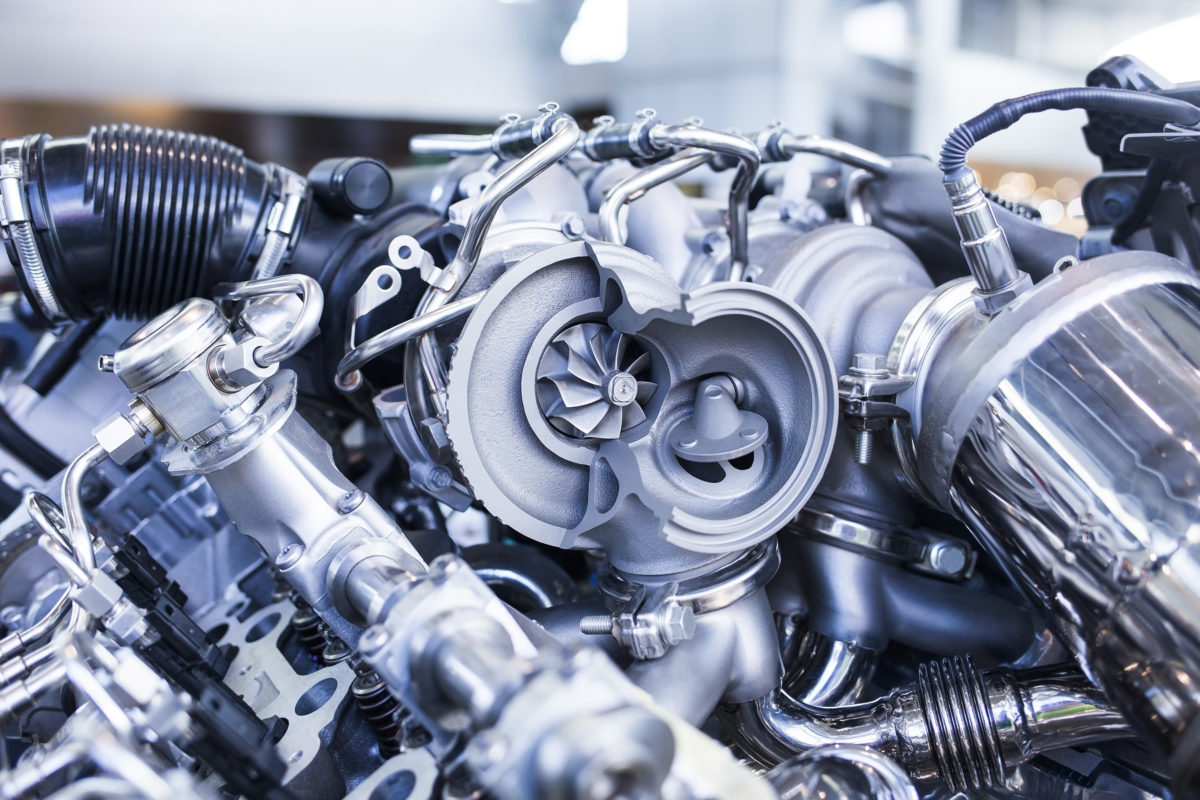Governments across the globe and segments of the automotive industry alike are tolling the bell for internal combustion engines.
Key industry players, such as General Motors, Continental, and Honda, believe electricity to be the propulsion method of the (near) future, whereas others like Lamborghini and Mazda, think that internal combustion will remain viable for some time.
So whilst electric vehicles appear to be the future for most drivers, these technologies may keep fossil-fuelled cars on the road.
Original article: www.thedrive.com







